Baking Powder Magic Recipe: Whip Up Fluffy Delights Effortlessly! 🎂✨
1. Introduction
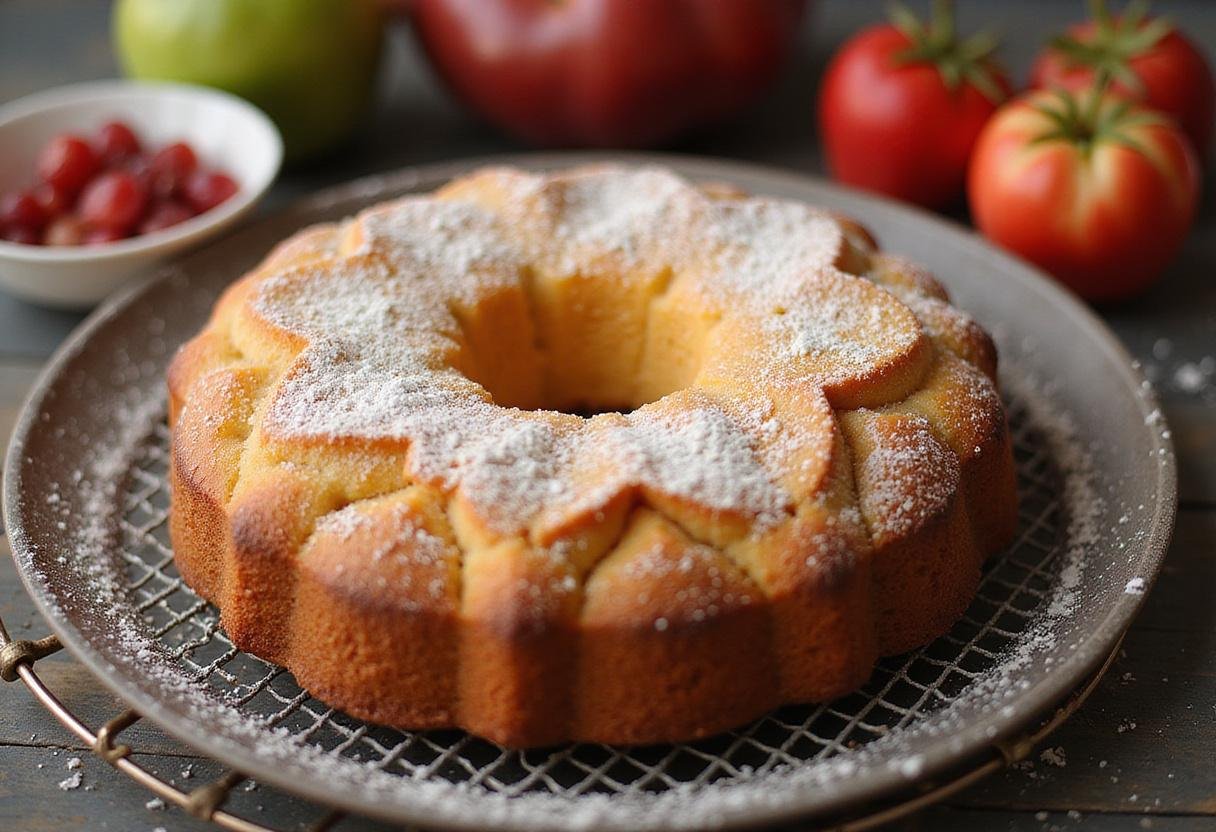
Welcome to the ultimate guide on how to create baking powder magic! Are you wondering whether to use yeast vs baking powder for your baked creations? Baking powder is often a go-to choice for quick, fluffy delights like cakes and muffins. Unlike yeast, which requires time to rise, baking powder enables you to whip up treats in no time. This makes it perfect for those spontaneous baking desires! Interested in more speedy sweets adventures? Check out some amazing recipes here. In this recipe, we’ll explore how to master the art of using baking powder to achieve a light, airy texture in your baking.
2. Ingredients
Here’s what you’ll need to unleash your baking powder magic:
- 2 cups all-purpose flour
- 2 tsp baking powder
- 1/2 cup sugar
- 1/2 cup butter, softened
- 2 large eggs
- 1 cup milk
- 1 tsp vanilla extract
3. Step 1: Prepare the Dry Ingredients
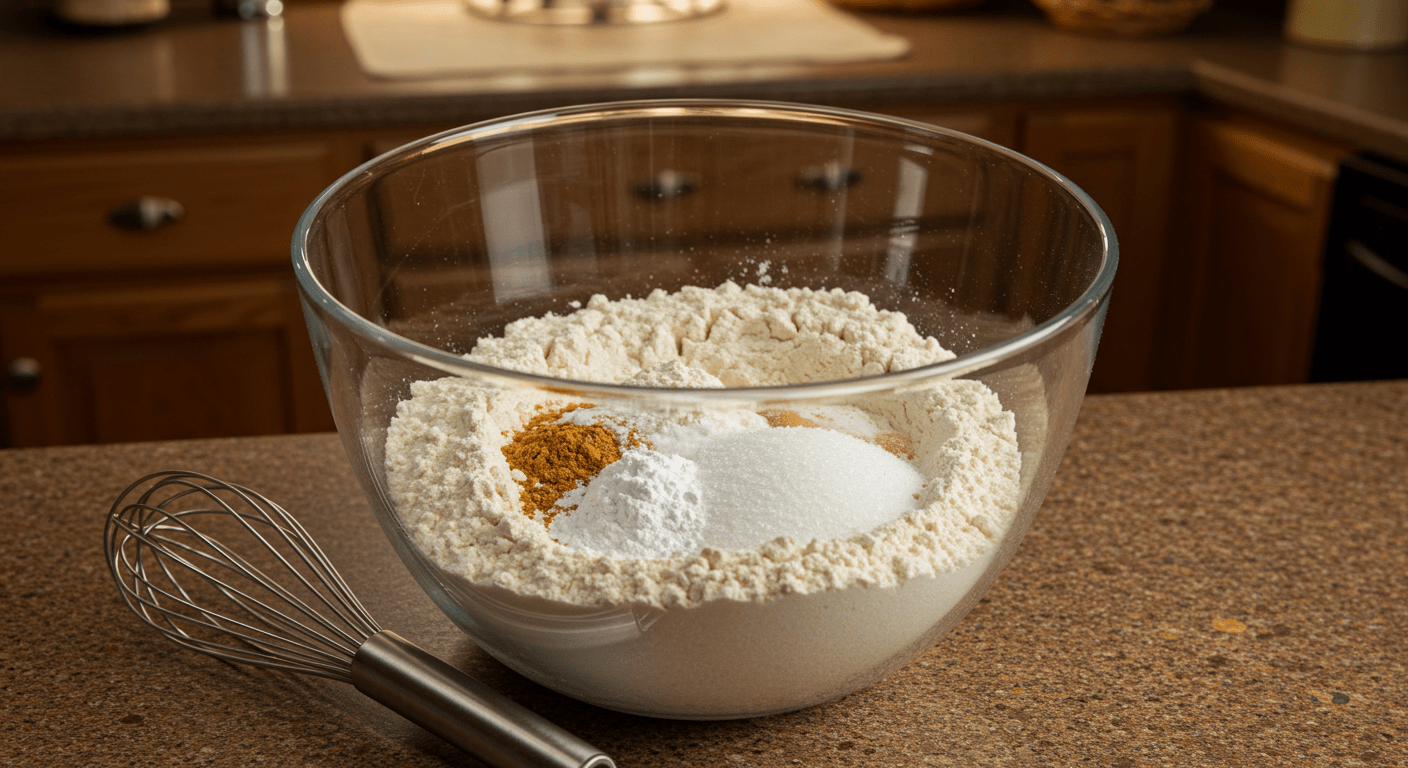
Begin your baking powder magic by sifting together 2 cups of all-purpose flour and 2 teaspoons of baking powder in a large mixing bowl. This ensures even distribution of the baking powder throughout the batter. If you are curious about yeast vs baking powder, remember that baking powder releases carbon dioxide quickly when it meets moisture. This is what allows your cake to rise dramatically in the oven! For another delightful snack recipe that doesn’t require yeast, see these snack options.
4. Step 2: Combine Wet and Dry Ingredients
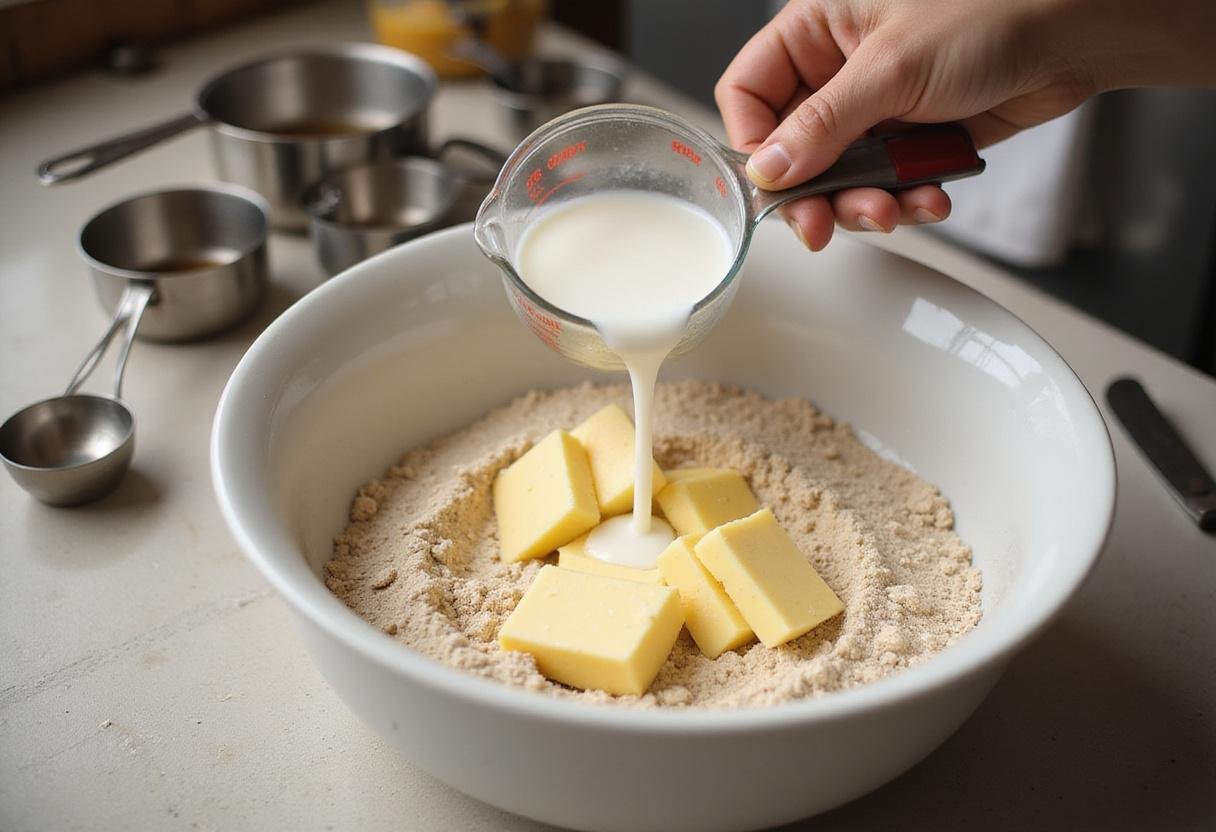
In a separate bowl, cream together 1/2 cup of softened butter and 1/2 cup of sugar until smooth. Add 2 large eggs, 1 cup of milk, and 1 teaspoon of vanilla extract, and mix until well combined. Gradually add the dry flour mixture to the wet mixture. This step is crucial for effective baking powder magic as it combines flavors and textures flawlessly while avoiding the long rise times associated with yeast! Thinking about something extra special? Elevate your dessert game with this dippable cheesecake indulgence!
5. Step 3: Mix the Batter
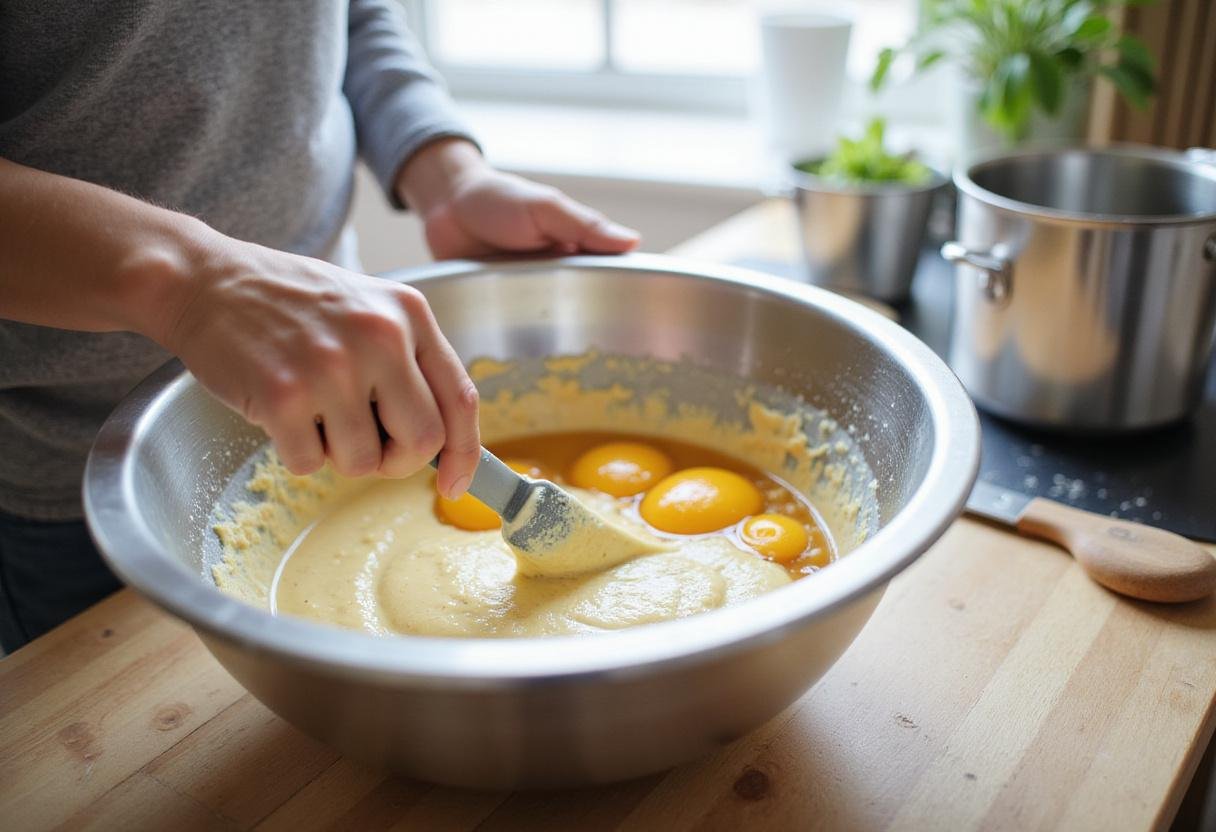
Mix the batter gently until just combined, being careful not to overmix. Overmixing can lead to denser results that defy the purpose of using baking powder. The goal is to create a light, fluffy batter that will rise beautifully in the oven! Discover more fantastic recipes at Kraft Heinz Baking Powder Recipes for more baking inspiration.
6. Step 4: Bake the Cake

Pour the batter into a greased baking pan and smooth the top. Bake in a preheated oven at 350°F (175°C) for 25-30 minutes or until a toothpick inserted into the center comes out clean. This step is where the magic truly happens! You will witness how baking powder elevates your cake like no yeast can. For a delightful morning treat try these fantastic breakfast recipes!
7. Storage Tips
To maintain the freshness and flavor of your baking powder creation, store the cake in an airtight container at room temperature for up to three days. You can also refrigerate it for longer shelf life—up to a week! Just be sure to bring it to room temperature before serving for the best flavor experience. Or, if you’re in the mood for something different, consider a light butter spread for pairing!
8. Serving Suggestions
Enjoy this fluffy cake as is, or top it with fresh fruits, whipped cream, or your favorite frosting. This baking powder magic recipe is versatile and perfect for celebrations, tea time, or as a delightful treat any day of the week! If you’re aiming for lighter options, these light frozen yogurt calories desserts are also worth a try.
9. Conclusion
In conclusion, baking powder is an indispensable ingredient that allows you to achieve fluffy, delightful baked goods effortlessly. Understanding the difference between yeast vs baking powder can elevate your baking skills and make the process faster. We hope you enjoy creating your own baking powder magic with this recipe! Consider trying out some cookie recipes for another delightful baking powder adventure. Using baking powder allows for baking quicker and easier treats as opposed to using yeast. Yeast needs time to activate, proof and rest, but baking powder is ready to go!
FAQs
Q: Can I substitute baking powder with yeast?
A: While you can, the results will differ significantly. Yeast requires time to rise, whereas baking powder works immediately, making it suitable for quick recipes.
Q: How do I know if my baking powder is still good?
A: You can test it by adding a teaspoon of baking powder to hot water. If it fizzes, it’s still active.
Q: Can I use self-rising flour instead of flour and baking powder?
A: Yes, self-rising flour already contains baking powder, so you can omit it from the recipe.
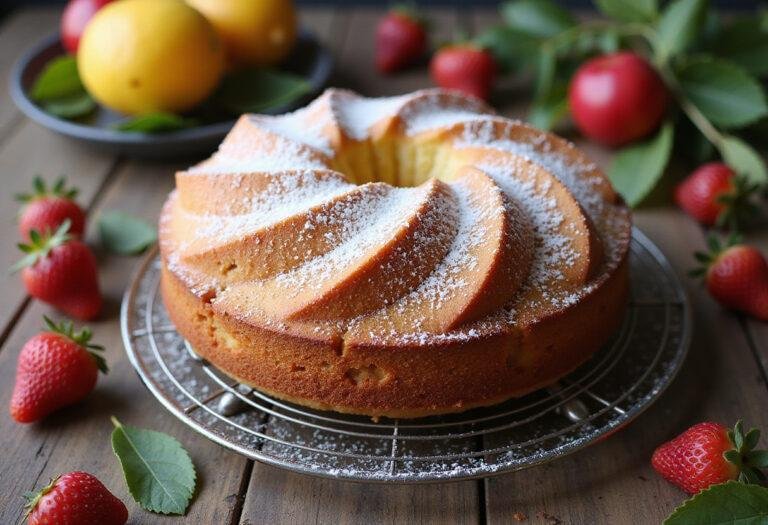
Baking Powder Magic Recipe
Whip up fluffy delights easily with this Baking Powder Magic Recipe! Perfect for cakes and muffins, this recipe showcases how to achieve a light and airy texture without the wait associated with yeast.
- Total Time: 45 minutes
- Yield: 8 servings
Ingredients
- 2 cups all-purpose flour
- 2 tsp baking powder
- 1/2 cup sugar
- 1/2 cup butter, softened
- 2 large eggs
- 1 cup milk
- 1 tsp vanilla extract
Instructions
- Begin by sifting together 2 cups of all-purpose flour and 2 teaspoons of baking powder in a large mixing bowl.
- In a separate bowl, cream together 1/2 cup of softened butter and 1/2 cup of sugar until smooth.
- Add 2 large eggs, 1 cup of milk, and 1 teaspoon of vanilla extract, mixing until well combined.
- Gradually add the dry flour mixture to the wet mixture, careful not to overmix.
- Pour the batter into a greased baking pan and smooth the top.
- Bake in a preheated oven at 350°F (175°C) for 25-30 minutes or until a toothpick inserted into the center comes out clean.
Notes
- Store cake in an airtight container at room temperature for up to three days.
- For longer shelf life, refrigerate for up to a week.
- Bring cake to room temperature before serving for enhanced flavor.
- Prep Time: 15 minutes
- Cook Time: 30 minutes
- Category: Dessert
- Method: Baking
- Cuisine: American
- Diet: Vegetarian
Nutrition
- Serving Size: 1 slice
- Calories: 200 Kcal
- Sugar: 10g
- Sodium: 150mg
- Fat: 8g
- Saturated Fat: 5g
- Unsaturated Fat: 3g
- Trans Fat: 0g
- Carbohydrates: 30g
- Fiber: 1g
- Protein: 3g
- Cholesterol: 20mg

